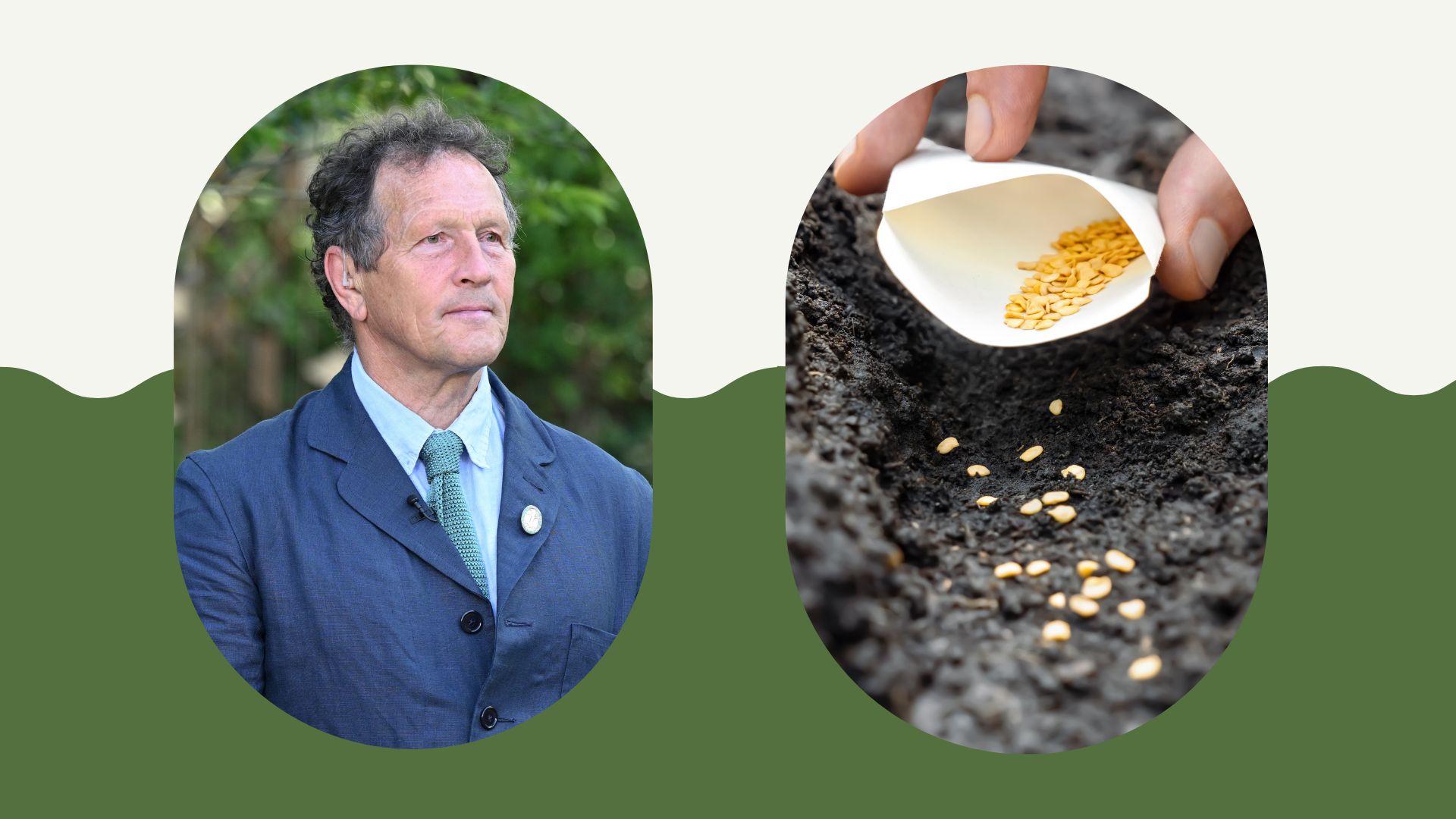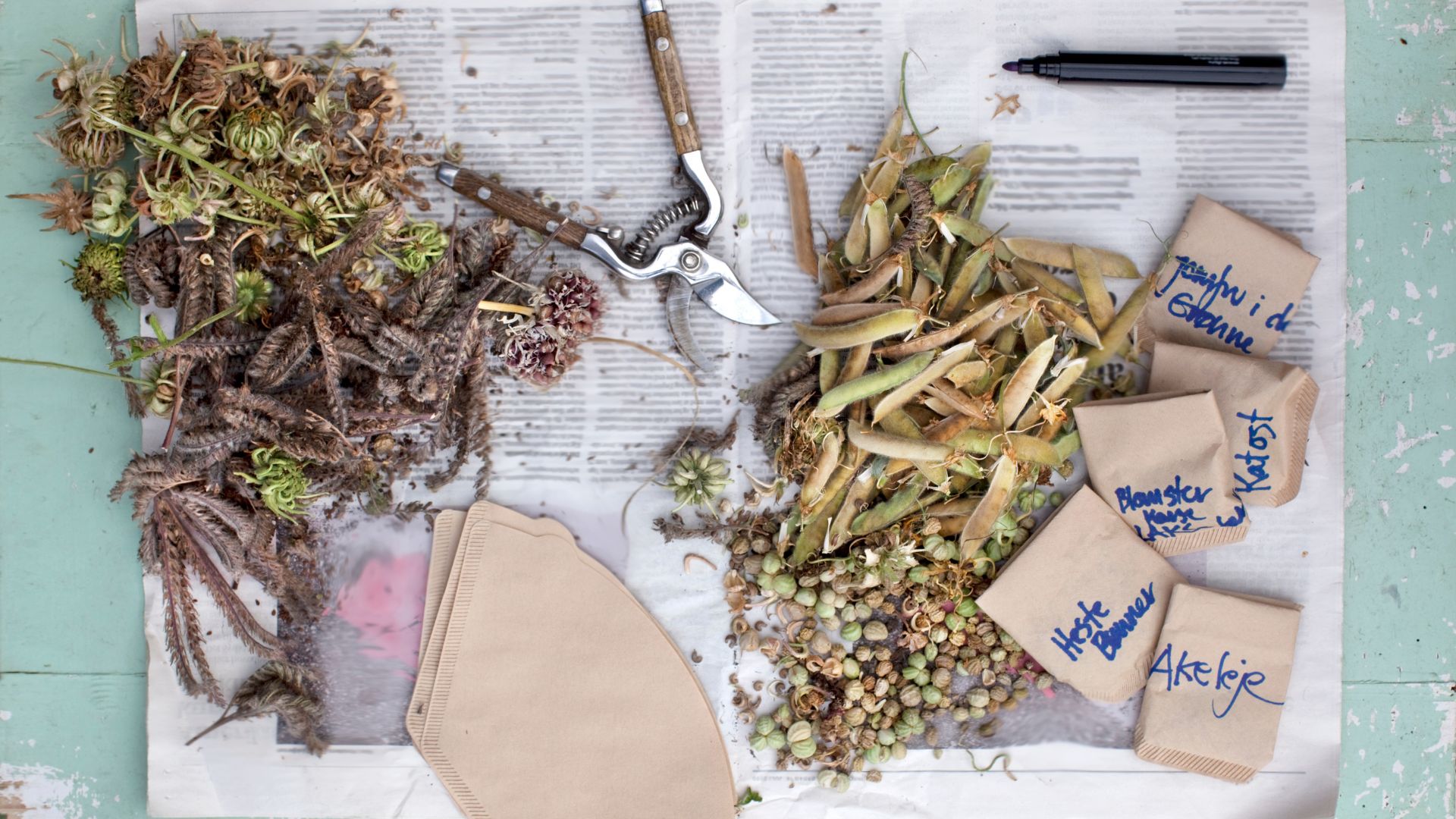
August is here and with it a whole host of new garden jobs that need completing, first up? Collecting seeds in your garden.
If you're a fan of succession planting then this latest advice from gardening guru Monty Don will be right up your street. Saving money and making the most out of your plants is one garden trend we'll never be moving on from and it's no surprise why.
Whether you've learnt how to deadhead your plants properly or know how to take plant cuttings, finding ways to multiply or prolong the growth of your preexisting plants is an easy gardening tip every gardener should know. Collecting seeds is the newest addition to this thrifty list.
Monty Don's seed collection advice
As always Monty starts his monthly blog post with a little round-up on the weather we've been encountering over the past month and how this has affected our gardens.
"This average summer does come on the back of a particularly wet winter and spring and most people feel like they deserve a break - a few weeks of sun to bake away the dampness of all those winter months. And although us gardeners may be complaining, the garden has loved it," he says.
Whilst August hints at offering us more amiable weather, the rain has been perfect for the alluring plants in your garden. Most plants are past their blooming days and are ready to die back down for the winter in hopes of being reborn next spring. Before that happens, Monty says it's time to start collecting seeds.
He explains, "Growing your favourite plants from seed is easy and practically without cost and August is the time to begin collecting seeds from your garden."
"Not only will this give you dozens of free plants for future years but also means you are collecting seeds from plants that have adapted and thrive within the particular conditions of your garden - so are best suited to growing there," adds Monty.
That's right, you can increase the amount of plants you have in your garden with no added cost. What better way to transform your garden on a budget than making use of the established species you already have?
The method for collecting is just as easy as the idea behind it, there are only a few steps to ensure you're surrounded by the best plants every garden needs for years to come.

Monty says there are two ways you can do it, firstly you can either carefully cut the seed heads, upend them into A5-sized brown envelopes with seed heads included. The second way is simply placing the envelope over the seed head, sealing it and then cutting the stem off so you can store it upside down whilst intact.
"Label each envelope clearly with the date, name of the plant and, ideally, the position in the garden, and store them in a cool, dry place," he adds.
When you've collected all your seeds and have stored them for a week or two, Monty says you can sieve, clean and store them in sealed individual packets. For long-term storage, perhaps over winter, store the seeds in a plastic tub with a tight lid and keep them in the fridge.
If you can't get enough of Monty's advice then why not give his seed-sowing tips and tricks a try? We also can't wait to make more bulb lasagnas next year for a stunning floral display to bloom in the spring.







